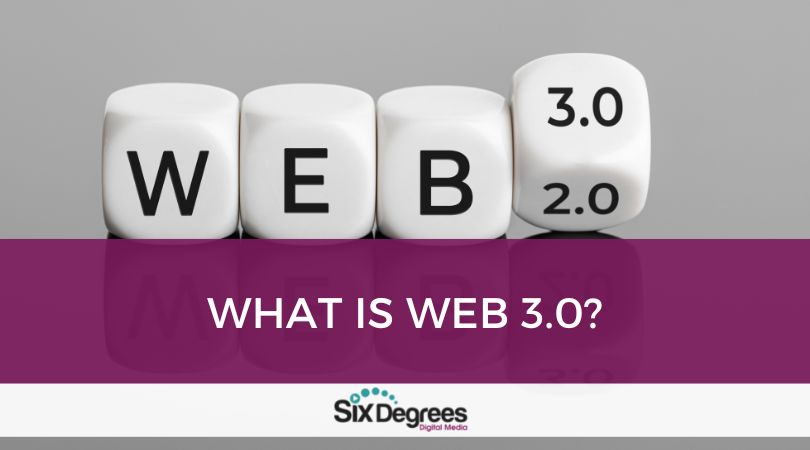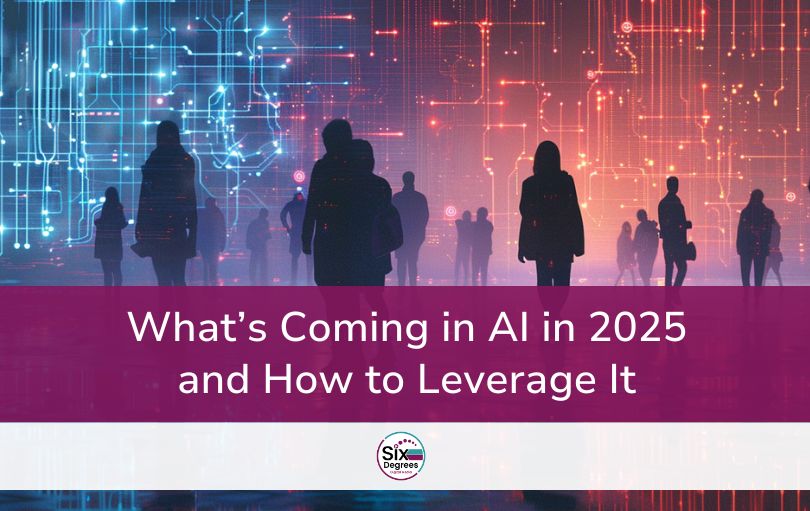If you’ve taken note of the latest internet buzzwords, you’ve likely heard tell of “Web 3.0”, the “Metaverse”, and the “Blockchain.”
Before diving into the world of Web 3.0, however, it’s important to first clearly define what the web is… Simply put, the web, or the World Wide Web with which it was traditionally called, is the foundation of how the internet operates.
Its previous generations, Web 1.0 and Web 2.0, set the standard for the internet’s foundational layers and its functions. Web 3.0, though still loosely defined, has created a new set of standards in which innovation and technology are at the forefront.
What once relied heavily on centralized databases and HTML languages to enable applications, websites, and other online actions, Web 1.0 and Web 2.0 have since proven to be limited in their governance. Though there will likely still be some level of Web2 application going forward, there’s no denying the need and demand for what Web3 is said to bring…
In the wake of Web 3.0, the stage has been set for rapid technological innovation, introducing an entirely new way of operating online.
With that said, in what follows, we’ll be aiming to define Web 3.0 and its characteristics. Further, we’ll take a walk through history to understand where the internet started, where it is, and where it’s going with respect to the evolution of the web.
The World Wide Web and its Evolution
As noted, the web has been classified into generations, having been through several iterations based largely on the technological capabilities of the time; Notably, Web 1.0, Web 2.0, and now Web 3.0.
During the early days of the internet, connections were slow, storage was limited, and knowledge was narrow. It was during this time where Web 1.0 sparked the dot-com era and consumers began to, well, consume… Though the dinosaur’s age of the internet, Web1 played an integral role in spawning the internet era.
It wasn’t until Web 2.0 came along about 20 years ago, however, that the web began to be used as a platform for commerce and content creation. Through user-generated content and centralized databases, the world quickly transitioned from a physical world to a digital one, relatively speaking; Web 2.0 can be quickly summarized by the characteristics, both good, bad, and indifferent, of Big Tech applications like Facebook, Google, and Amazon.
Today, though we’re still living in Web 2.0, Web 3.0 has begun to make an emergence in an attempt to decentralize the web and shift it towards a blockchain-based infrastructure.
What does this mean, exactly?…
What is Web 3.0?
Web 3.0, otherwise referred to as simply Web3, is, by definition, the third iteration, or generation if you will, of the emergence of web technology. Largely defined by the decentralization of data and the redundancy of authority, Web 3.0 and its technologies, most notably AI (Artificial Intelligence) and Machine Learning, aim to provide users with a more secure and transparent user experience, combating all the negative components that developed from Web2; while we’re not there yet, we’re certainly moving towards such a world…
Transitioning away from Big Tech and centralized power, Web 3.0 boasts a lofty goal of placing the power back in the hands of the individual… At the heart of the transition is the Blockchain!
Without getting into too much detail, the Blockchain is a decentralized network that allows for the safe and transparent storage, open communication, and preservation of data without the need for third-party control. Evidently, this is become a top priority and is more important now than ever before.
Major Distinctions Between Web 2.0 & Web 3.0
The distinctions between web 2.0 and web 3.0 are comprehensive, to say the least, however, as noted throughout this article, much of its distinction can be summarized by the need for decentralization.
In what follows, we’ll be sharing the key distinctions between both web generations, outlining their differences regarding the following macro-points: Primary Focus, The State of Data, Type of Advertising, and Relevant Technologies.
Primary Focus
- The primary focus of Web 2.0 was and still is the end-user’s experience, accomplished largely through the creating, tagging, and sharing of content.
- The primary focus of Web 3.0 is to encourage user empowerment through transparency, trust, and security.
The State of Data
- The data involved in Web 2.0 is owned by the networks, controlled by the likes of Big Tech such as Google and Facebook.
- The data involved in Web 3.0 is owned by individual entities, giving them autonomous ownership and control over where it’s stored and how it’s used.
Type of Advertising
- The type of advertising used in Web 2.0 was and still is interactive advertising, aimed at targeting audiences and measuring results.
- The type of advertising used in Web 3.0 is behavioral advertising, aimed at ridding marketing manipulation and placing the control in the hands of the consumer/user.
Relevant Technologies
- Web 2.0 uses technologies and coding languages such as Javascript, HTML, and AJAX.
- Web 3.0 uses technologies such as Artificial Intelligence (AI), Machine Learning (ML), and other decentralized technologies.
The move away from Web 2.0 and into a Web 3.0 world is a transition that will occur slowly. With that said, the transition has certainly begun and it isn’t showing signs of slowing down…
Preparing for Web 3.0
With early uses of Web 3.0 technology in full swing, many businesses and brands are eager to learn how to adopt Web 3.0-centric strategies so as to get ahead of their competition and prepare for the inevitable future of the internet.
By gaining an understanding, however basic, of its functions, businesses and brands alike can not only impact the future success of their operations but the overall satisfaction and user experience of their audience.
To book a strategy session with Six Degrees Digital Media today, don’t hesitate to contact us here! We look forward to hearing from you!






